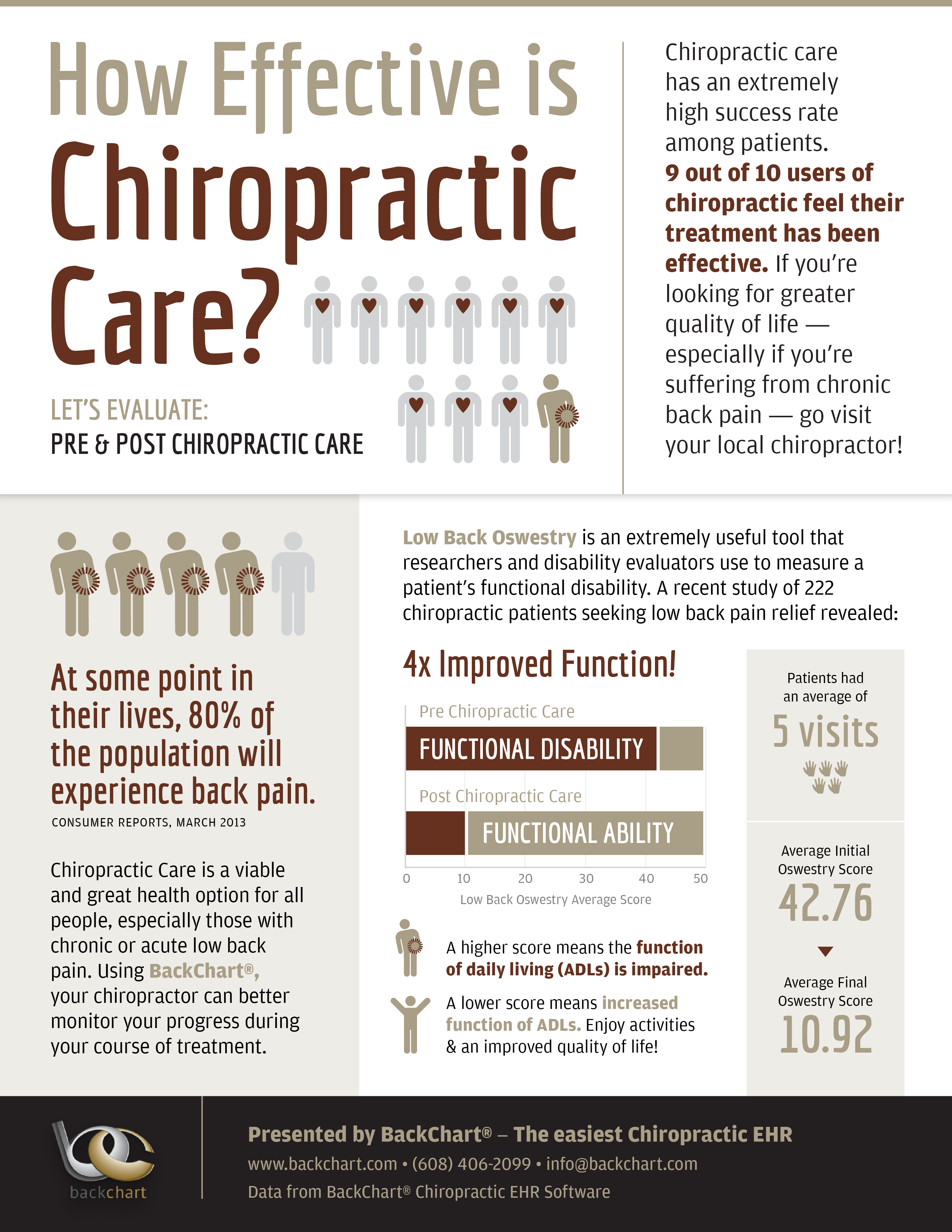Exploring The Science Behind Cold Laser Therapy
Exploring The Science Behind Cold Laser Therapy
Blog Article
Staff Writer-Acevedo Hurley
When considering alternate therapies, cold laser treatment sticks out because of its distinct approach to healing. By making use of certain wavelengths of light, it targets mobile features and advertises healing in a non-invasive manner. This method not just enhances ATP manufacturing however also aids in decreasing inflammation and discomfort. As research remains to unravel, the ramifications for recovery and discomfort management could be substantial. What does this mean for future treatment alternatives?
The Systems of Cold Laser Therapy
Cold laser treatment, additionally called low-level laser therapy (LLLT), functions by boosting cellular function through the application of specific wavelengths of light.
When the laser light permeates your skin, it interacts with the mitochondria in your cells, increasing ATP production. This boost in ATP energizes your cells, advertising healing and regeneration.
The light likewise influences cell membrane layers, enhancing their leaks in the structure and promoting nutrition absorption while getting rid of toxins. Furthermore, cold laser therapy activates the release of endorphins and minimizes swelling, aiding your body respond more effectively to injury.
You'll experience improved blood flow as the treatment stimulates capillary growth, ensuring that oxygen and nutrients reach damaged tissues much more successfully.
Recognizing these systems can help you appreciate its possibility in promoting recovery.
Prospective Advantages of Cold Laser Treatment
When thinking about options for discomfort alleviation and healing, you might locate cold laser therapy to be an attractive option. eastchester tobacco reviews -invasive method can help in reducing swelling, relieve discomfort, and promote tissue fixing.
Lots of people report quicker recovery times from injuries and surgeries after undergoing cold laser treatment. It's particularly beneficial for problems like arthritis, tendonitis, and muscle mass pressures.
You may likewise value that it has marginal negative effects compared to pharmaceuticals. In addition, cold laser therapy can enhance blood circulation, which helps in supplying nutrients and oxygen to harmed areas.
Current Research Study and Clinical Applications
As rate of interest in cold laser therapy grows, scientists are exploring its numerous applications and efficiency in medical settings. You'll discover research studies exploring its role hurting monitoring, wound healing, and decreasing inflammation.
In physical therapy, specialists use cold laser therapy to enhance recuperation in sports injuries, while dental professionals are discovering it useful for dealing with dental pain and gum problems. Continuous tests are assessing its possibility in treating conditions like joint inflammation and neuropathy.
These researches aim to develop standardized procedures and does, making certain safety and efficacy. As even more proof emerges, you may see cold laser therapy becoming a staple in both rehab and pain administration, offering clients a non-invasive alternative that complements traditional therapies.
Conclusion
To conclude, cold laser therapy uses a promising technique to recovery by harnessing details wavelengths of light to improve mobile features and promote recovery. With Recommended Web site like improved blood circulation, reduced inflammation, and discomfort relief, it's ending up being a valuable alternative for numerous conditions. As research remains to develop standardized methods, you can expect higher acceptance of this non-invasive therapy in rehabilitation practices and discomfort administration techniques, making it a prospective game-changer for several clients.
